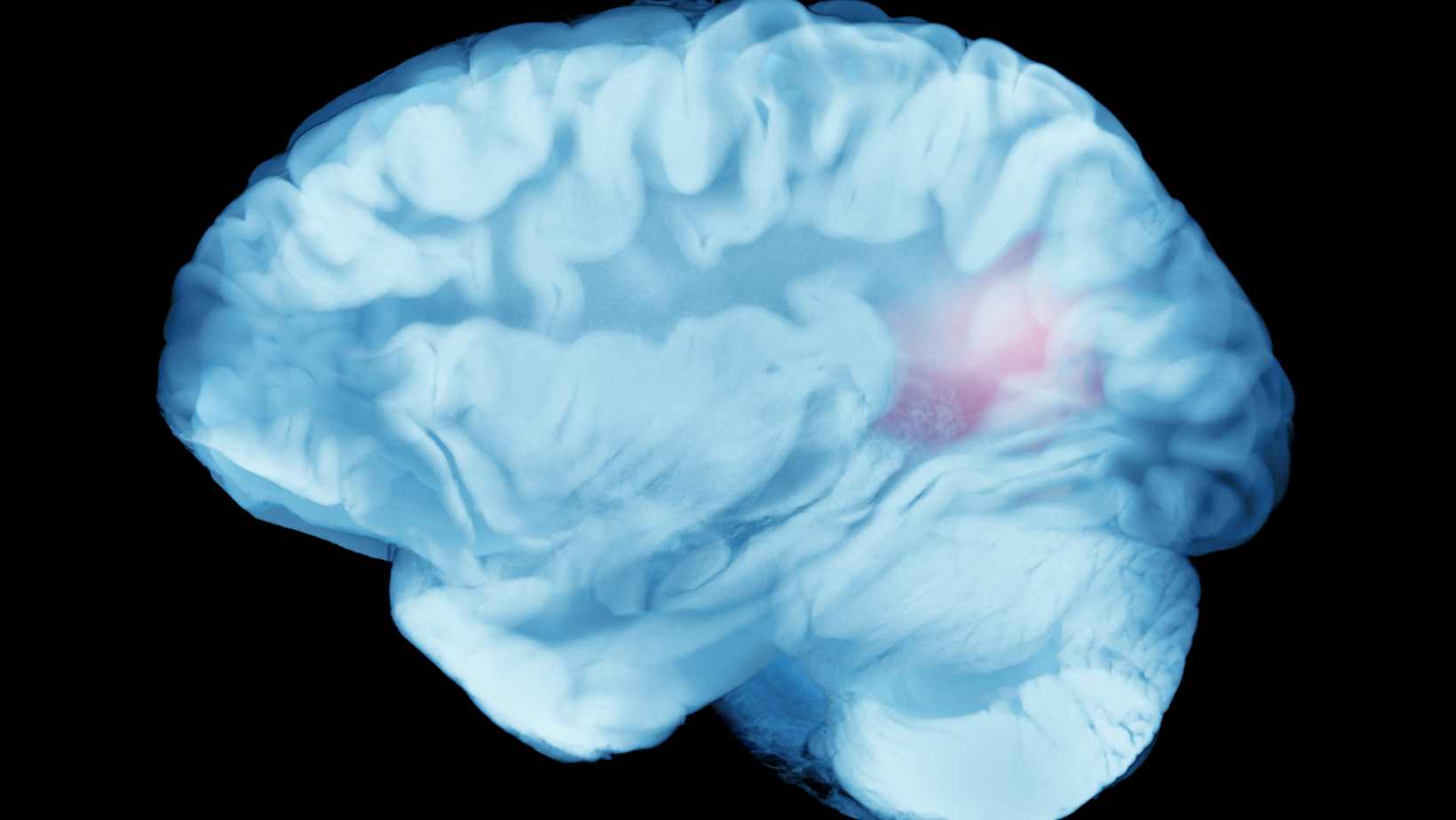Migraines Can be excruciating. Migraines are manifestations of an extreme form of headache and require a medical diagnosis. For many, migraine symptoms typically include intense and sharp pain, which may not reduce for an extended period. Instead, it may persist and throb for hours. However, different people experience different types of symptoms of migraine and silent migraine is one of them.
Silent migraines are those in which there is no physical pain. It sounds impossible to have a migraine without any physical pain, but this happens to many people. Even though there is no physical pain, it may trigger other debilitating symptoms.
Silent Migraines Symptoms
Headaches accompany normal migraines, and various other symptoms may be in the form of “aura”, visual disturbances and sensory symptoms. Such symptoms are progressive and stop when the headache occurs or may persist alongside the headache and disappear until the headache disappears. Some of the most common aura symptoms are:
- Dizziness
- Confusion
- Numbness
- Sensitivity to light.
- Blurred vision.
- Loss of vision,
- Seeing squiggly lines or zigzags.
- Tingling sensation
- Diarrhoea
- Difficulty in speaking.
- Slurring
- Fatigue
- Nausea
- weakness
- abdominal pain
When the aura symptoms appear without the presence of a headache, it is known as silent migraine. It can last for a few minutes or even an hour.
Silent Migraine Causes
Since migraines are typically associated with a lot of pain, silent migraines can seem paradoxical. It was once thought that they might be due to genetic factors. However, the exact cause is still unknown. Migraines can be caused by the brain’s difficulty adjusting to sensory stimulation such as sound and light. Chemical changes and changes in the blood vessels of the brain may also act as causative factors. Medical experts think that migraines can be caused by various factors that can act as triggers. These triggers can vary from environmental to changes in the food habit or physiological changes. Some other potential triggers may be;
- eye strain
- Sinusitis
- Strong odour
- Loud or prickling noise
- Bright shiny lights
- Excessive sleep
- Reduced sleep
- Hunger
- Stress
- Change in atmosphere
- Change in Temperature.
- Hormonal changes
- Periods in women
- Neck strain.
- Fermented food.
- Caffeine
- Alcohol.
- Preservatives in food.
- Physical activity such as lifting
- Oral contraceptives.
- Hormonal medication.
- Vasodilators.
Silent Migraines Risk Factors
You may be at a higher risk of having silent migraines if:
- you have a genetic history of migraines.
- you are under the age of forty-five.
- you are going through menopause.
- you are under a lot of stress.
- You are pregnant.
- You are menstruating.
Silent Migraines Diagnosis
Symptoms of aura may indicate other severe medical conditions such as meningitis, ministrokes, and strokes. As such, one must never self-diagnose migraine. Instead, the doctor can diagnose silent migraines based on a physical exam and your family history case study. The physical exam may include a Spinal tap, Blood tests, CT scans and MRI.
Silent Migraines Treatment
If the migraines are of short duration and not as frequent or severe, medical treatment might be necessary. However, If silent migraines impact your daily life and cause anxiety and depression, you need to go and get checked immediately. Even though there is no cure for migraines, certain medications include acetaminophen, aspirin, ibuprofen and naproxen.
Though caffeine can be a trigger for migraines, it may help reduce acute migraine symptoms. A cup of coffee or an Excedrin Migraine(contains caffeine), which contains caffeine, is known to reduce migraine symptoms. If the silent migraines are accompanied by nausea and vomiting, the medical professional may recommend anti-nausea medications.
Other Alternative options that are available are
1- acupuncture.
2- massage therapy.
3- behavioural therapy to reduce silent migraines and anxiety
4- Biofeedback.
Such treatments are effective in reducing stress, which acts as a significant causative factor for migraines.
Are Silent migraines dangerous?
Silent migraines are not necessarily dangerous if you seek medical attention. However, one must never self-diagnose a silent migraine as this can lead to other fatal diseases such as strokes or meningitis being undiagnosed.
Silent migraines Prevention
The first step to prevent silent migraines is to identify the trigger points leading to the migraines.
Once triggers have been identified, you must avoid them. This Could mean altering your diet or any such changes as required.
If stress is the main trigger for your silent migraine, you should practice stress management techniques to help you reduce and avoid stress and avoid silent migraines. It would be best to prevent any form of a stressful situation to prevent yourself from migraine.
If you are a chain smoker, try reducing the number of cigarettes. This has been shown to reduce migraines in many smokers.

This article is medically reviewed by Dr. Chandril Chugh, Board-Certified Neurologist, providing expert insights and reliable health information.
→ Book a consultation to discover which remedies suit your needs best.
About Author | Instagram | YouTube | Linkedin




